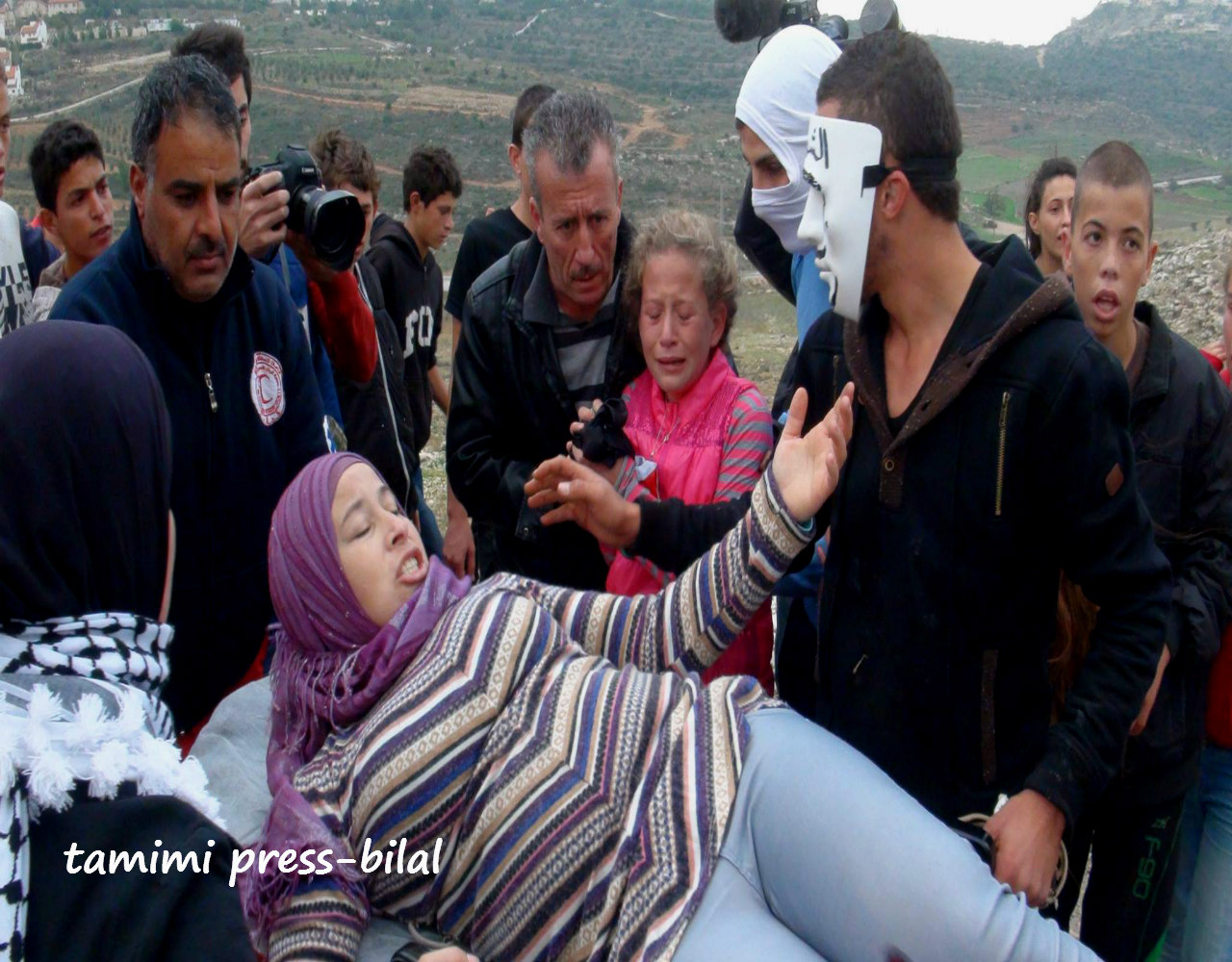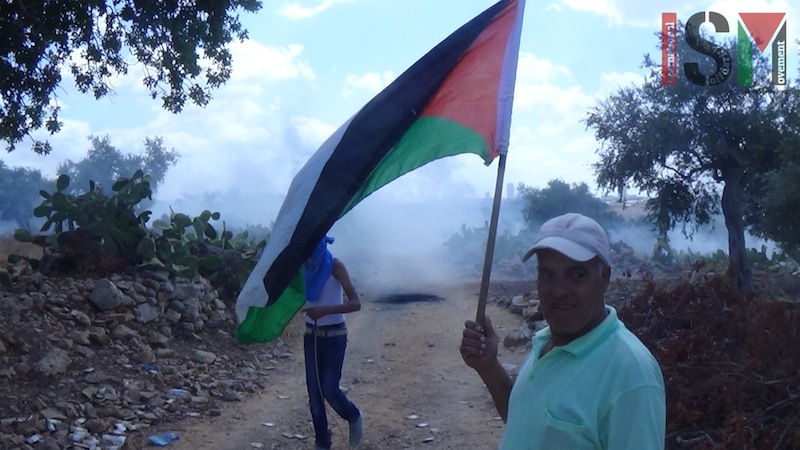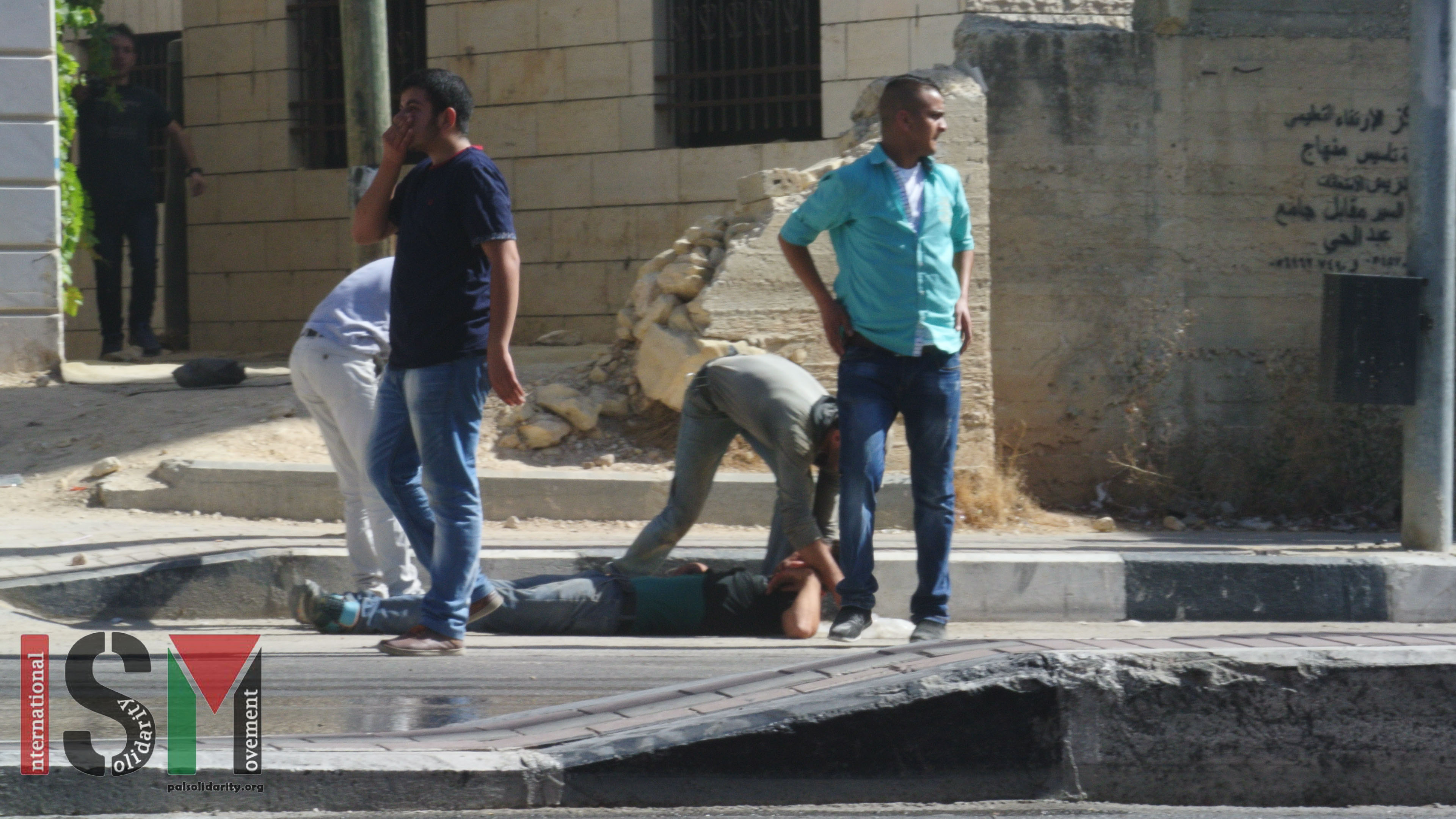Tag: Live Ammunition
-
Three shot with live ammunition during Nabi Saleh protest
22nd November 2014 | International Solidarity Movement, Ramallah team | Nabi Saleh, Occupied Palestine Israeli forces shot and injured three Palestinians participating in a weekly Friday demonstration in the village of Nabi Saleh. Soldiers fired .22 caliber bullets, a form of live ammunition which has maimed and killed multiple Palestinians, even as Israel continues to claim it as a…
-
Israeli forces shot tear gas and live ammunition inside the village of Ni’lin
28th September 2014 | International Solidarity Movement | Ni’lin, Occupied Palestine On Friday the 26th of September, Palestinians, Israelis and ISM activists demonstrated against the illegal settlements and apartheid wall that exist on land belonging to the Palestinian village of Ni’lin. The demonstration started with a peaceful march towards the apartheid wall. However, the unarmed protesters were…
-
Two Palestinians shot dead by Israeli forces lead to clashes with over 30 injured
23rd September 2013 | International Solidarity Movement, Khalil team | Hebron, Occupied Palestine Violence broke out on the streets of Hebron’s university district (al-Khalil) this morning when Israeli soldiers opened fire on unarmed demonstrators who had been protesting the murders of two Palestinians earlier that day. Protestors took to the streets after Marwan Kawasme, 29,…



